October 26, 2014 Auroras
Peterson Road Bog, Grand Rapids, MN
I'm not sure what happened as far as any disturbances in the solar wind are concerned, but I was planning on going out just to do a camera comparison, and the auroras showed up on the horizon. Solar wind conditions appeared to be rather nominal with speeds between 350 and 400 km/s, density around 5/cc, and Bz varying a few nT around zero.
Canon 5d Mk III and Sony a7s Comparison
My main purpose of shooting this evening was to do a comparison between the Sony a7s (which I rented) and the Canon 5d Mk III (which I own). I was mainly interested in comparing the sensitivity of the sensors, primarily with regard to how quickly the images degraded as the ISO was increased. I was mainly interested in the noise as opposed to any crispness, brightness, or color saturation, although upon seeing the results of the test, I wonder if I should repeat it (in fact I did, here). Because I don't have identical lenses to put on the cameras, and I wanted to take the images simultaneously, I had different lenses on the cameras. The Canon 5d Mk III had a Samyang f1.4 24mm lens, and the Sony a7s had the Canon 24mm f1.4 lens. Each of these lenses has its strengths and weaknesses, and it's possible I achieved a better focus with one than with the other. I have always noted that the images with the Canon Lens have been a little sharper than with the Samyang, but the Canon lens has more coma effect around the edges of the picture, and some people find that to be undesirable. After shooting with both these lenses, I like the Canon 24mm lens better overall (I guess I should, since it's more expensive-- it better be worth the price).
The first round of tests is a simple side-by-side comparison of resized full images. I took the shot from each camera (at the same time), then brought the images into Adobe Camera Raw, and changed the white balance to a color temperature of 4400 K and a tint of +5. All other settings I left untouched and saved the images at 1200x800 pixels.
In the series of images below (at 1200x800 resolution), you'll notice that the noise difference is not dramatic until you get to ISO 51,200. At that ISO, the Canon 5d Mk III is outside its native range, and you must set the ISO to the extended range to go higher. At lower ISO, you can see a slight advantage to the Sony a7s, but it's not terribly dramatic. As a Canon 5d Mk III owner, I feared it might be much worse, but it wasn't.
What the Sony a7s does much better, however, is pick up the vegetation on the trail in the foreground (lowest 1/3 of the image) (on Round 2 of testing, the differences were not nearly this large). You can't really see it at all in the Canon pictures, but you can in the Sony pictures. Also, the Canon pictures are a little darker than the Sony pictures. I've seen this before on other comparisons (namely, between my Mark II and Mark III Canon 5d cameras and also between Nikon's D800 and the Canon 5d Mk III). The ISO "calibrationi" is different between the cameras. The luminance that is on ISO 1600 images on one camera might look more like ISO 3200 luminance on another camera's images, even if the aperture and shutter speed are set the same. After looking at the images pretty closely and trying to get the luminance to match, I found I needed to raise the Canon's exposure in photoshop by +0.5 EV to match the Sony a7s luminance (in Round 2, it was exactly the opposite, leading me to believe the difference was actually due to the different lenses I had on the cameras), but it's tough to tell because the color is also different. For this section, I left the exposures unchanged so that you can simply see the results. More on the luminance difference in the next section.
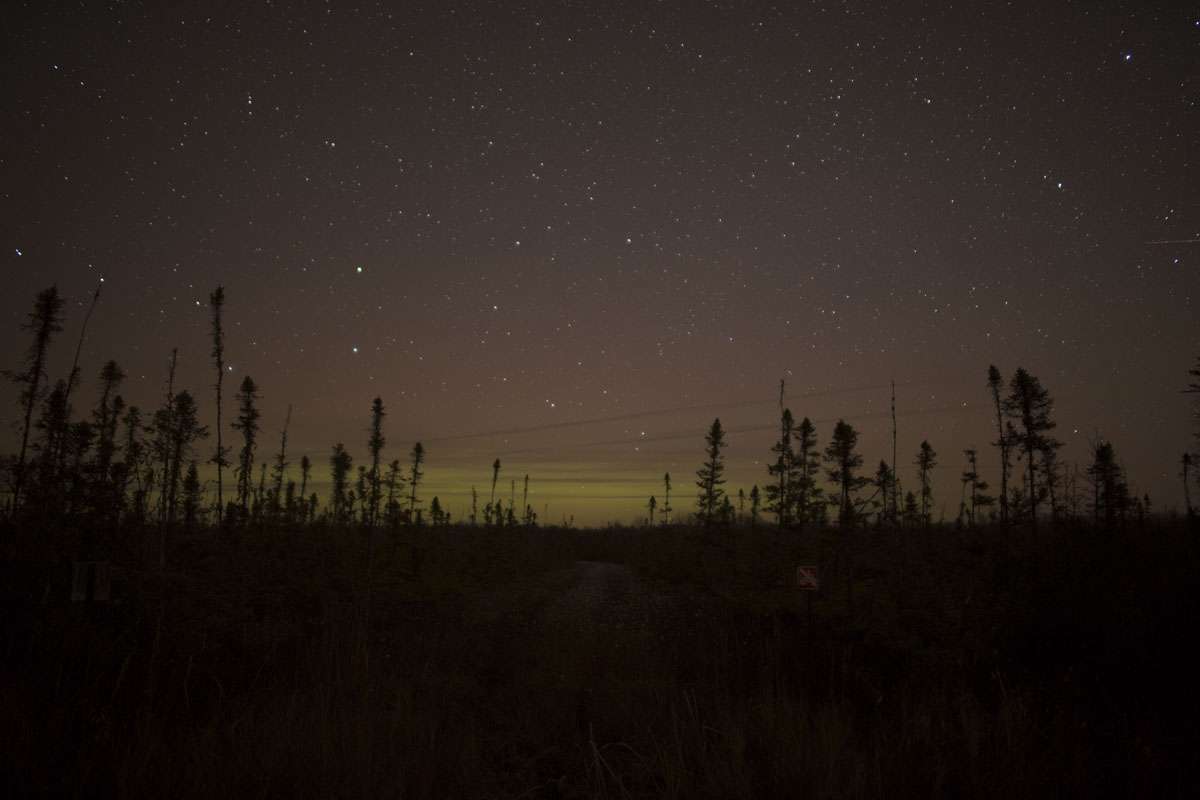
| 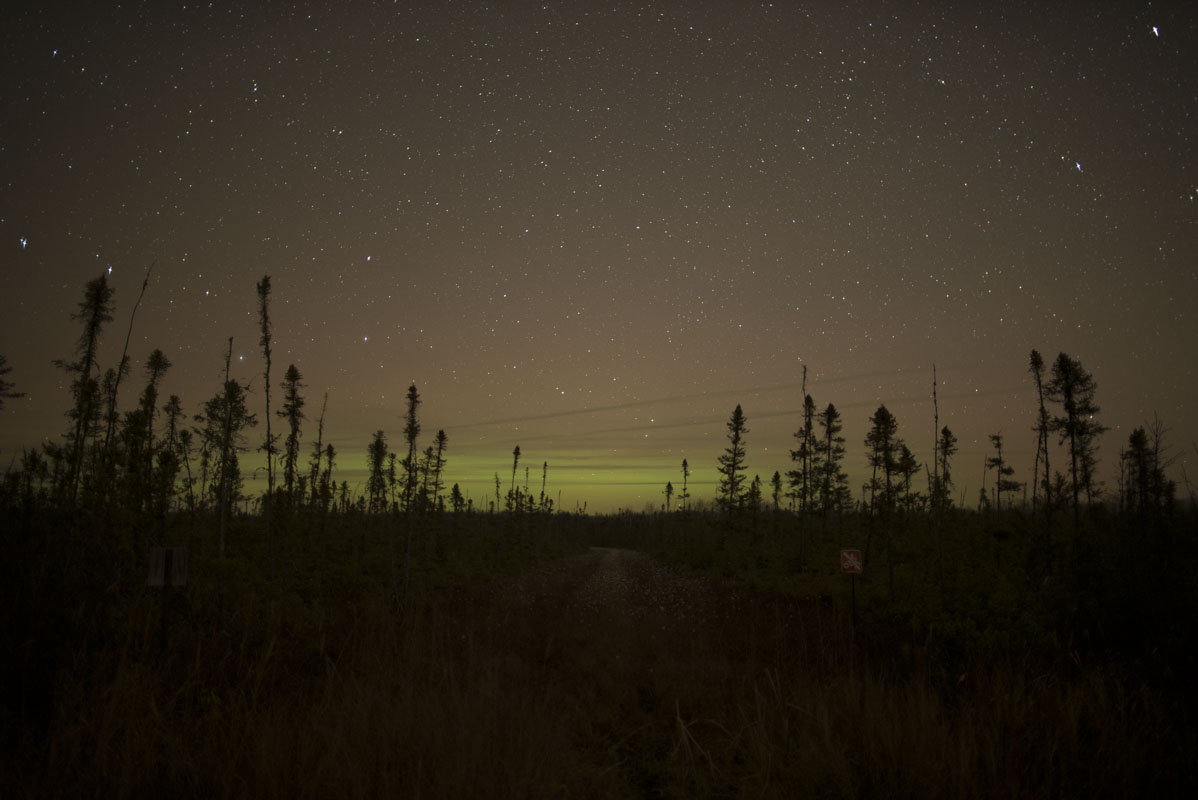
|
| Auroras shot with the Canon 5d Mk III at ISO 800. |
Auroras shot with the Sony a7s at ISO 800. |
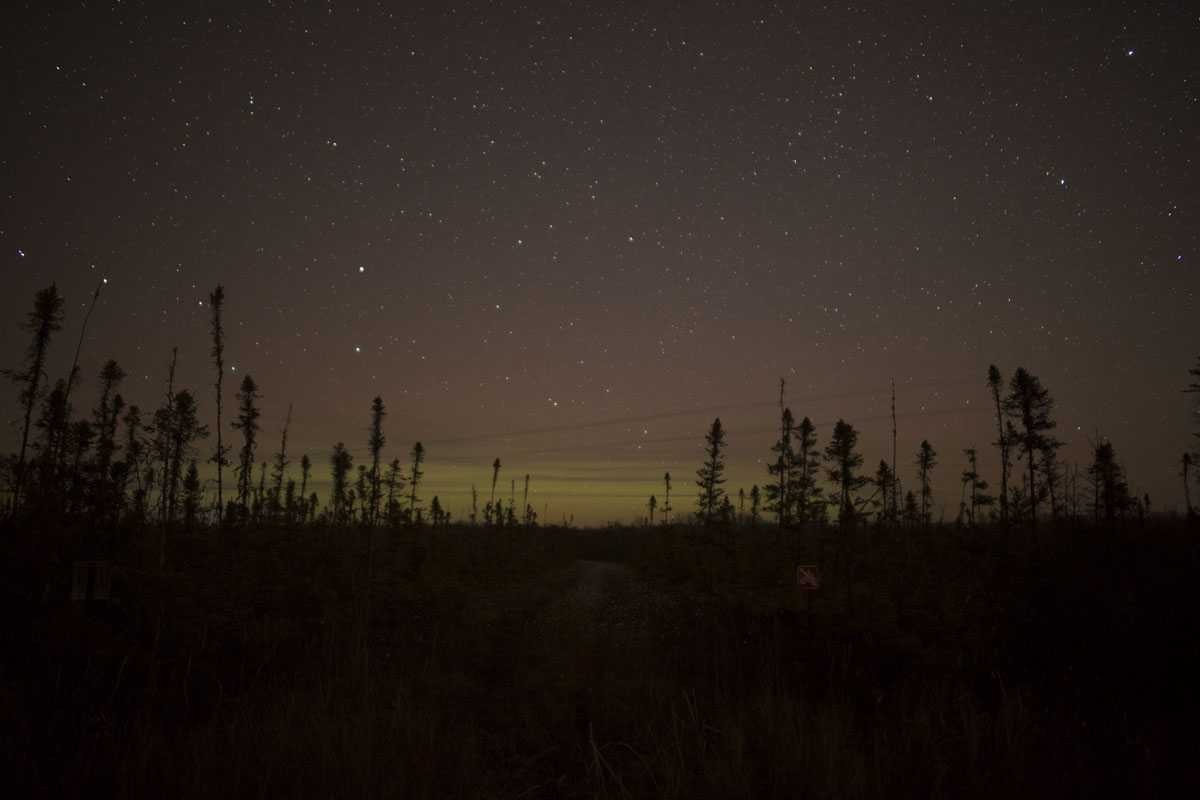
| 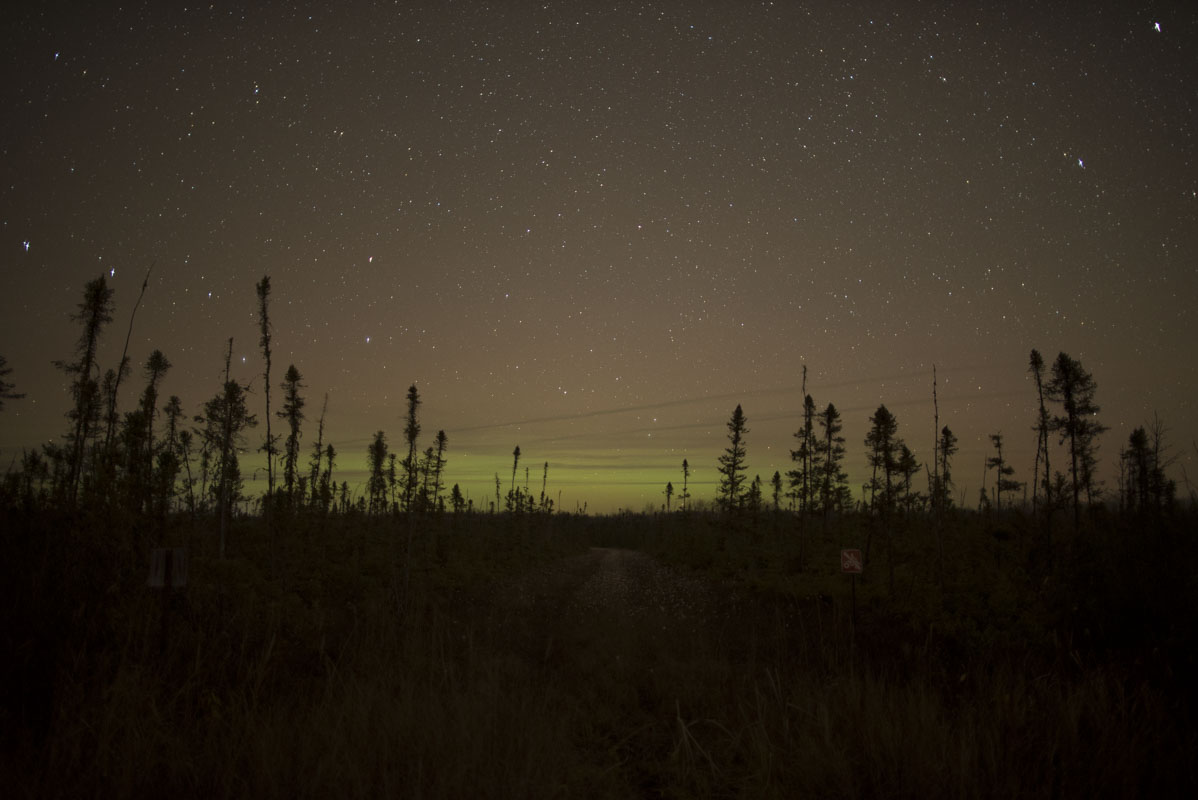
|
| Auroras shot with the Canon 5d Mk III at ISO 1600. |
Auroras shot with the Sony a7s at ISO 1600. |
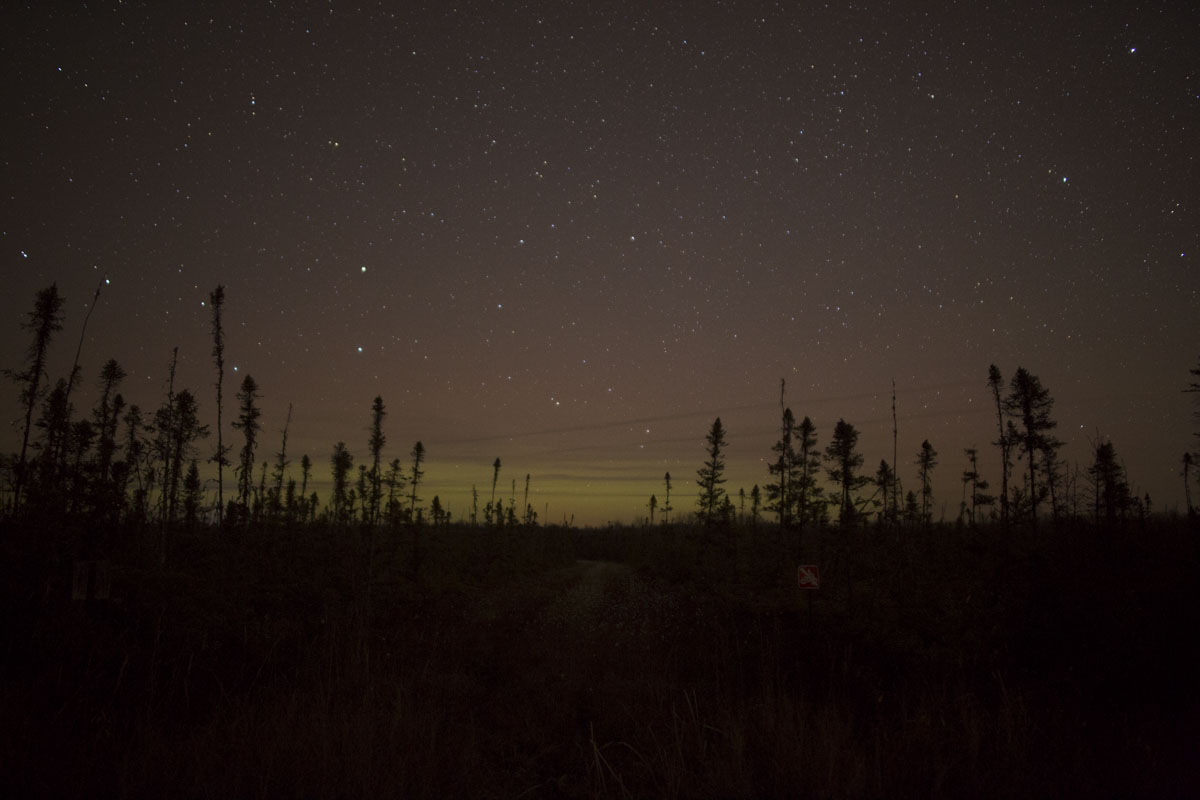
| 
|
| Auroras shot with the Canon 5d Mk III at ISO 3200. |
Auroras shot with the Sony a7s at ISO 3200. |
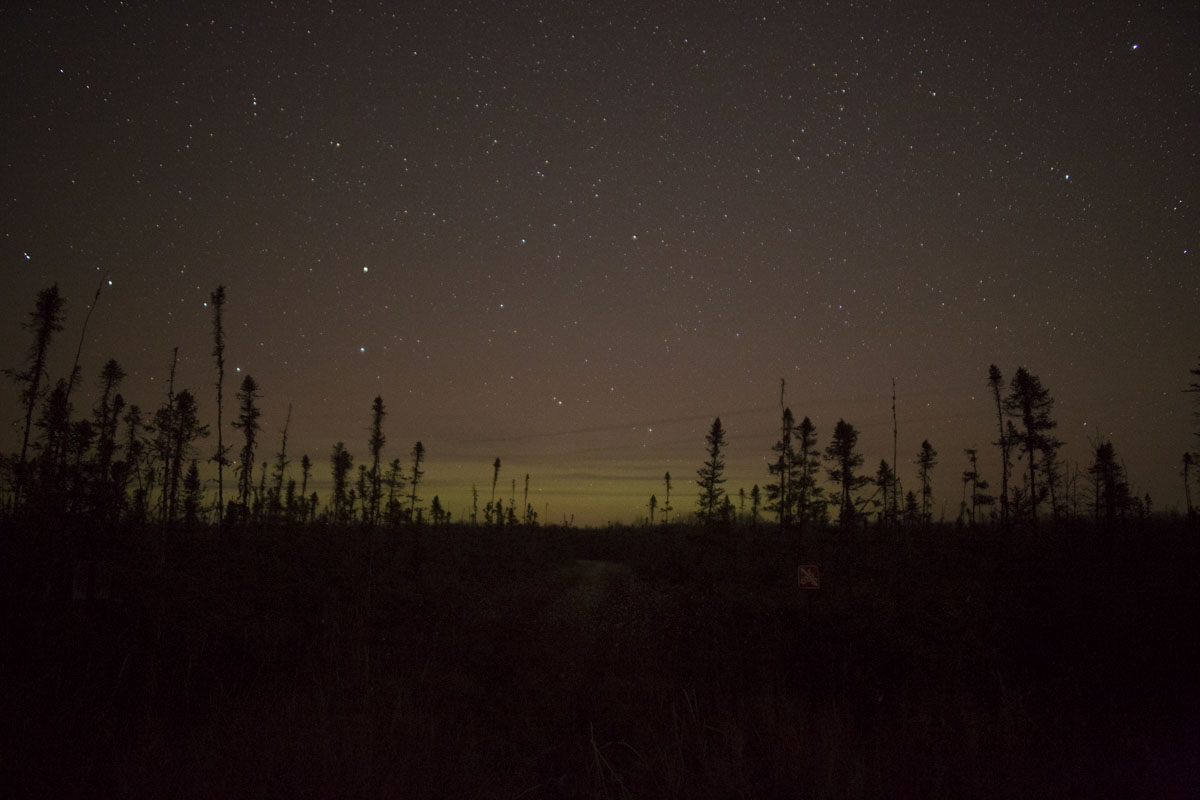
| 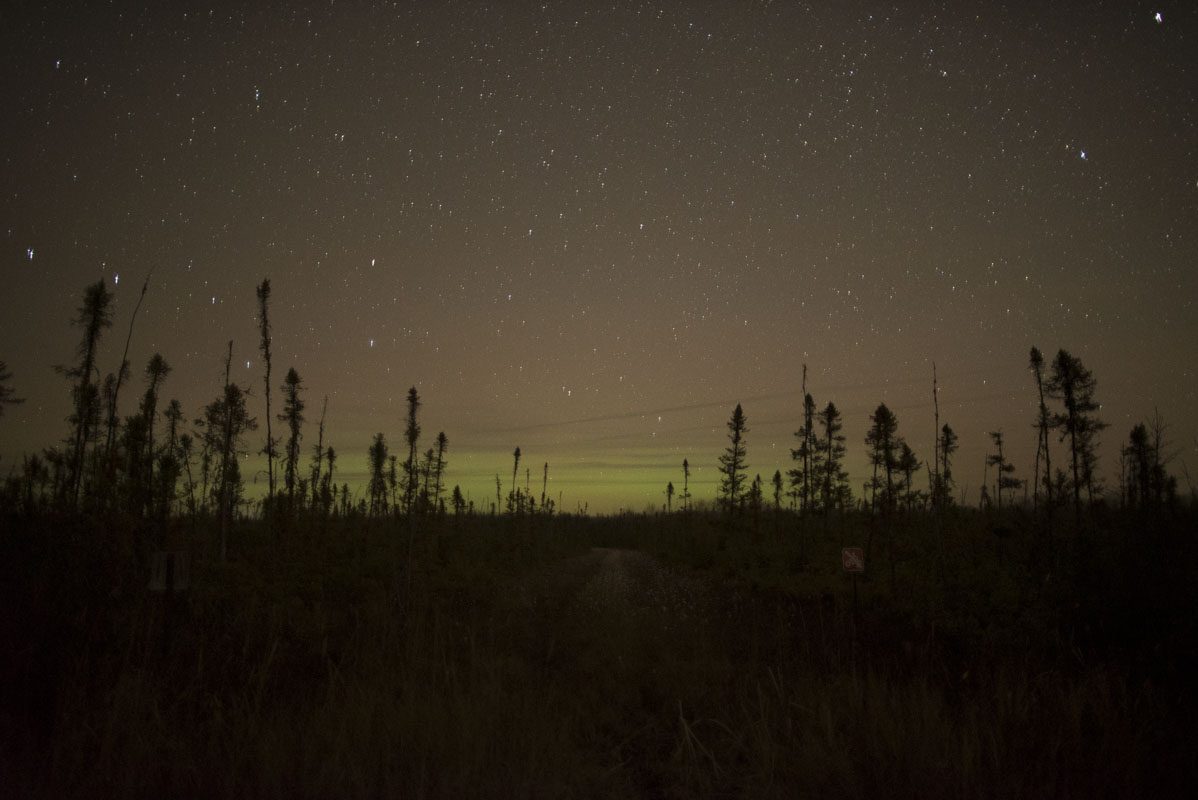
|
| Auroras shot with the Canon 5d Mk III at ISO 6400. |
Auroras shot with the Sony a7s at ISO 6400. |
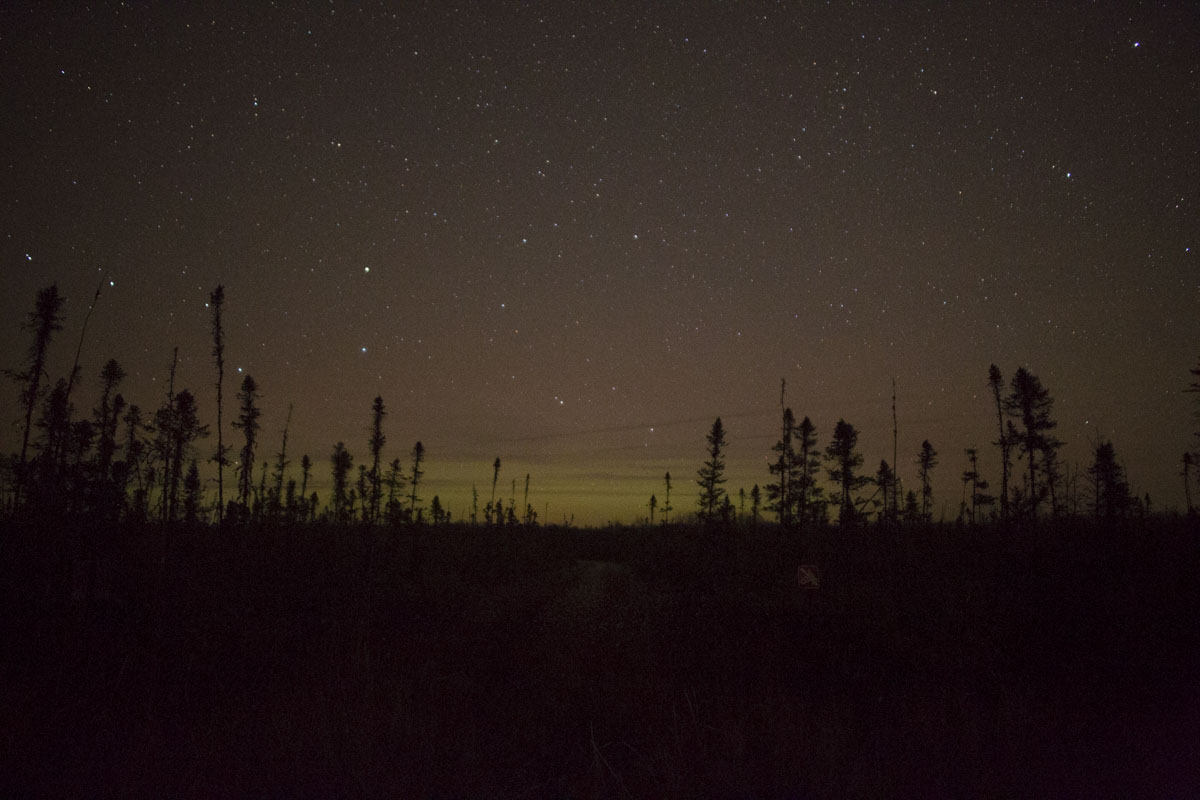
| 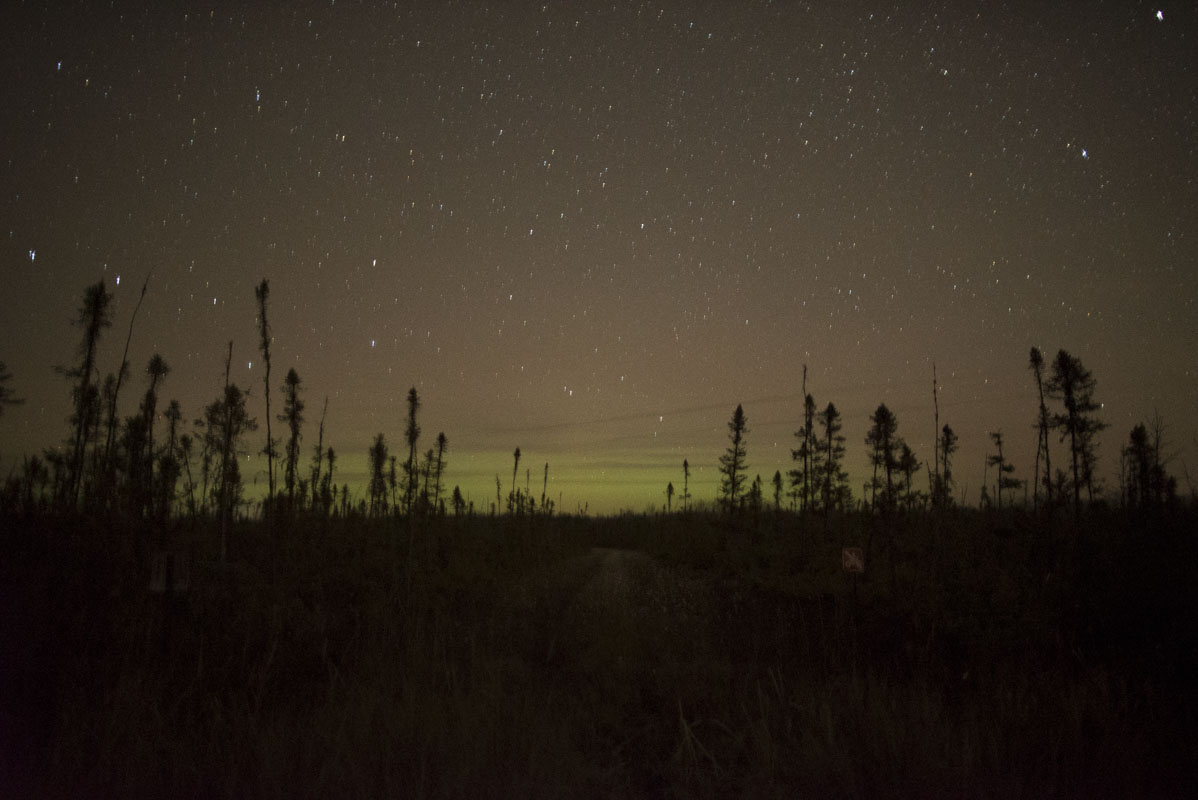
|
| Auroras shot with the Canon 5d Mk III at ISO 12,800. |
Auroras shot with the Sony a7s at ISO 12,800. |
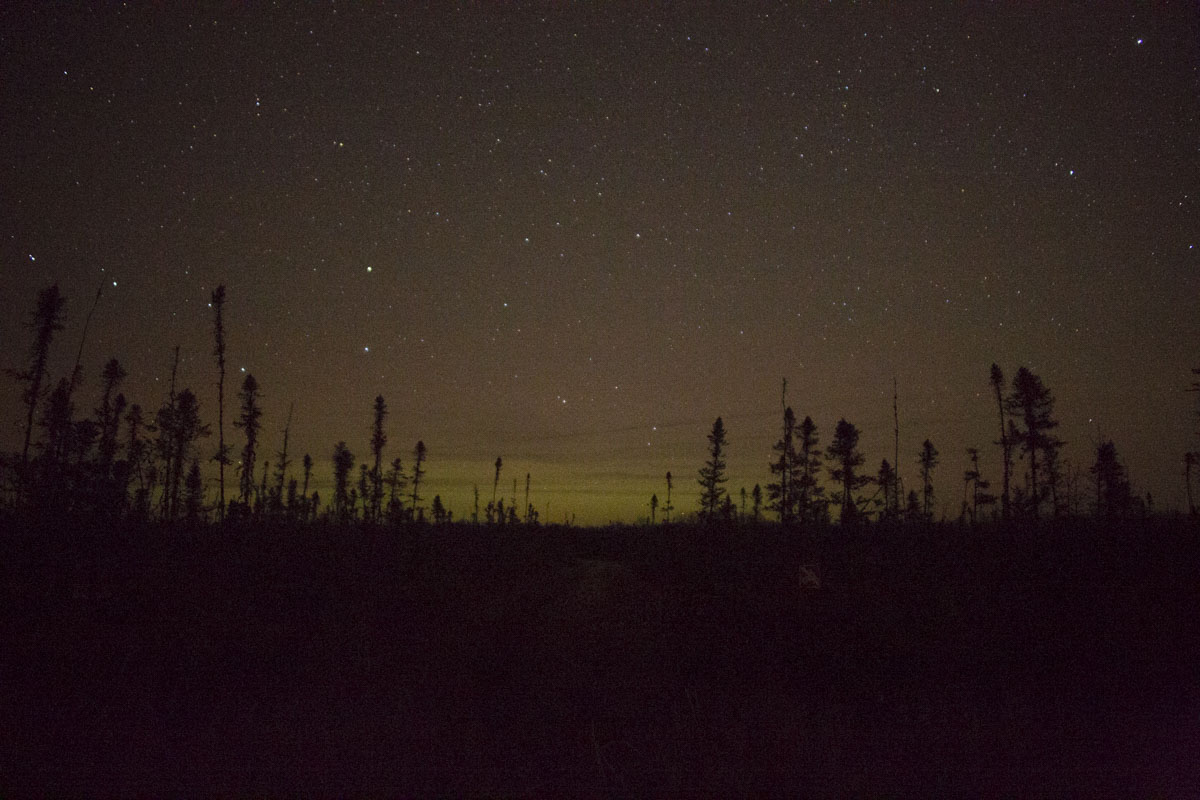
| 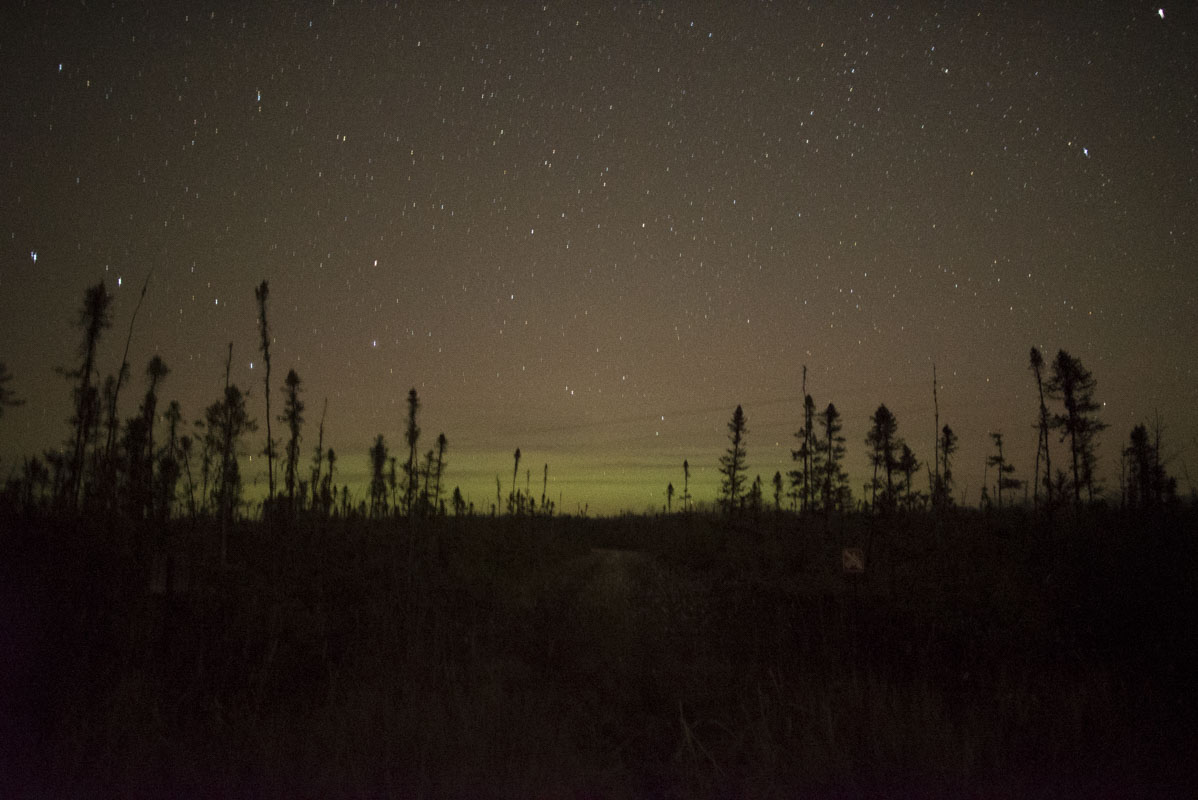
|
| Auroras shot with the Canon 5d Mk III at ISO 25,600. |
Auroras shot with the Sony a7s at ISO 25,600. |
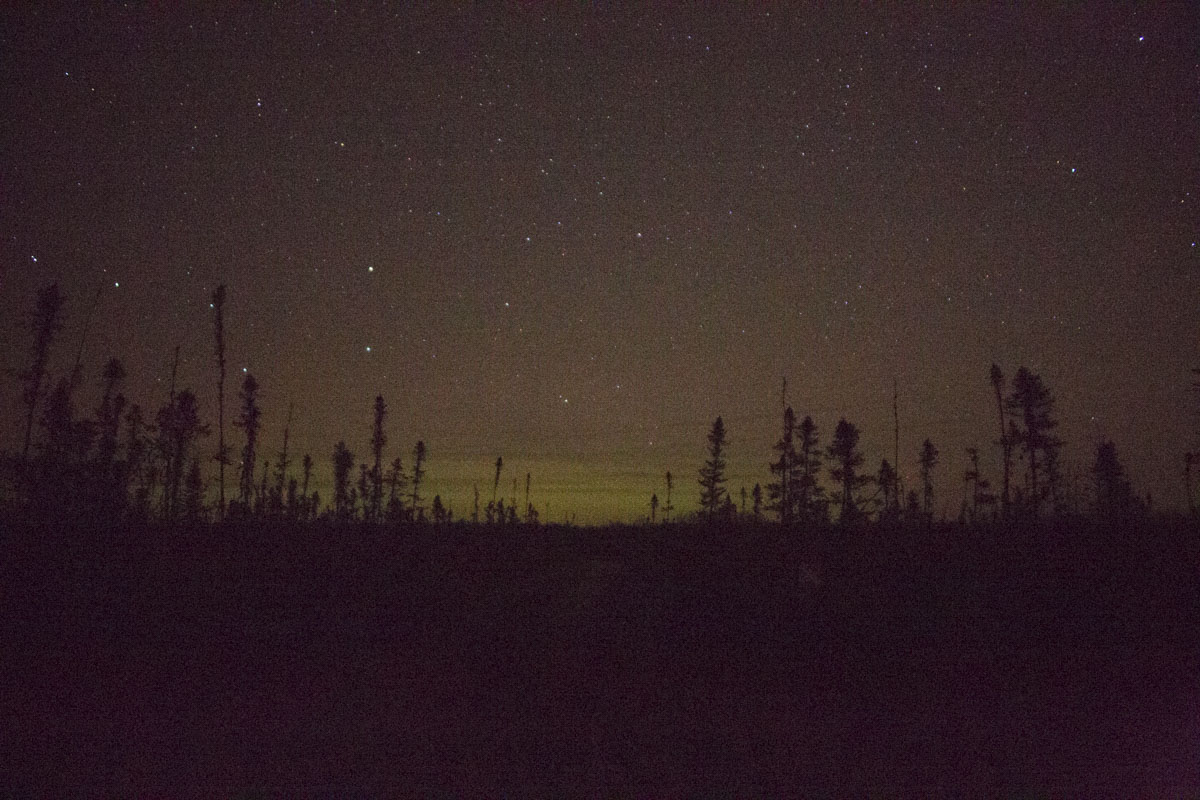
| 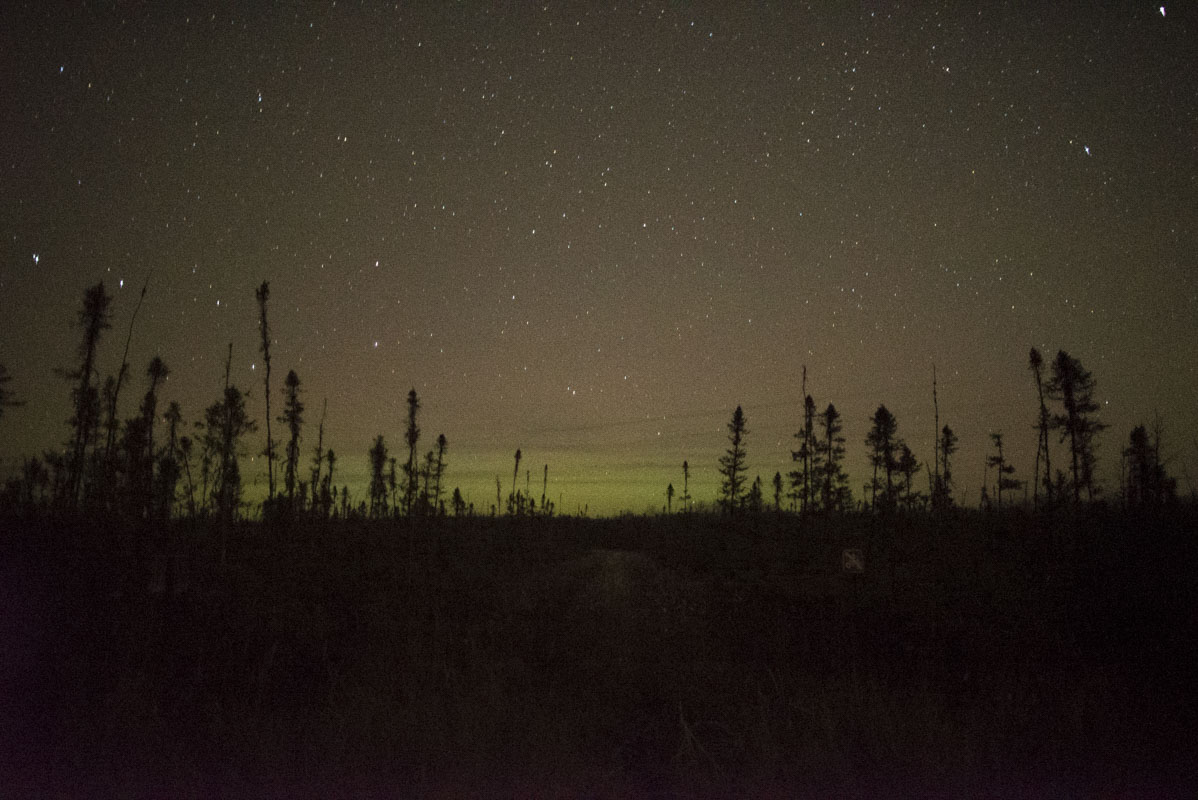
|
| Auroras shot with the Canon 5d Mk III at ISO 51,200. |
Auroras shot with the Sony a7s at ISO 51,200. |
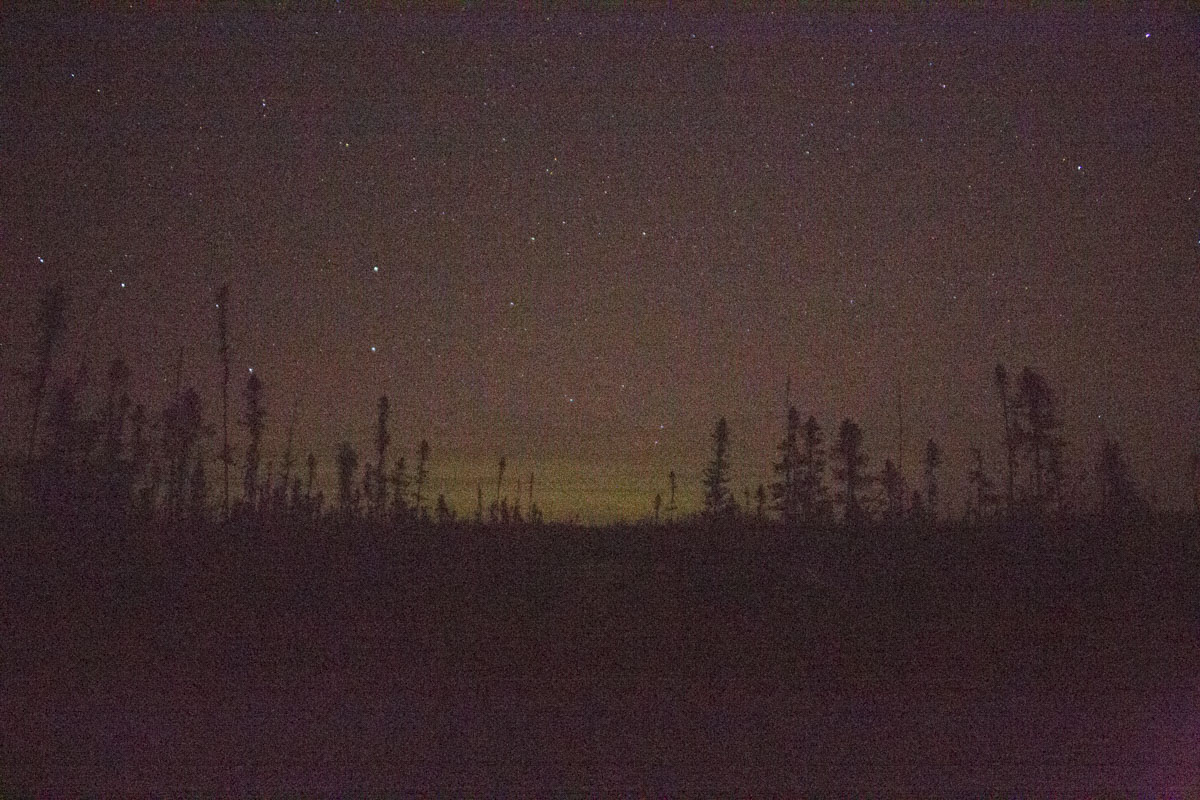
| 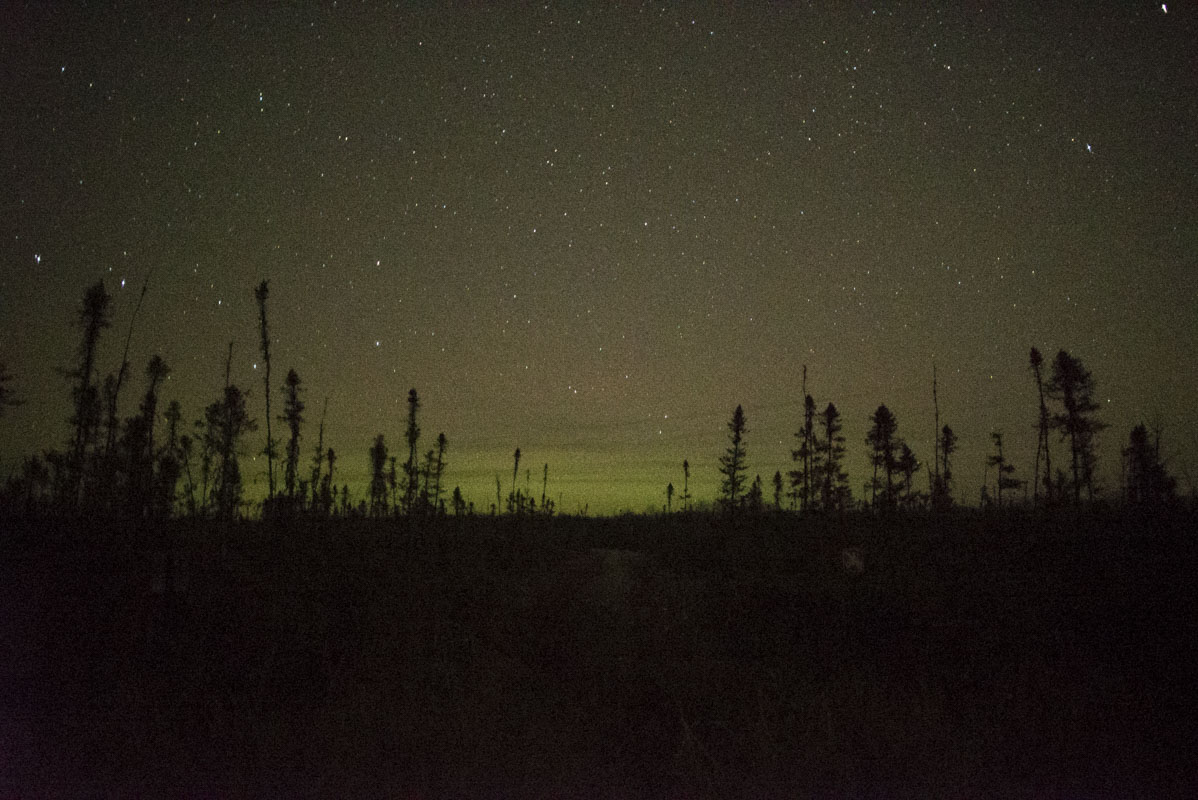
|
| Auroras shot with the Canon 5d Mk III at ISO 102,400. |
Auroras shot with the Sony a7s at ISO 102,400. |
Full Resolution Comparison (Cropped)
On this next set of tests, I took the same raw images above and cropped to the same part of the scene at 100 percent native resolution, and I saved them at 862x575 pixels for the a7s. Since the a7s is a 12 MP camera, and the 5d Mk III is a 23 MP camera, the 5d Mk III produces larger images (1200x800 px). However, I left the difference as is. With a larger number of megapixels, you can make a larger print. Note: the images are still not full size on this page. You'll have to click on each image to get its full resolution.
There is at least one artifact on this series of images that are NOT the fault of the cameras. I did not have a shutter release cable for the a7s, so I had to hit the button manually. The force required to activate the shutter on the a7s, as well as how firmly I had the tripod set up, caused the camera to move a bit, so you'll see a bit of motion in the picture, but the noise should be unaffected by that. Additionally, I had different 24 mm lenses on the cameras, but I'm not sure how much that affects things (it does-- see Round 2). I'm wondering if part of the difference is with the sensor, so I may repeat the test with the lenses swapped. On the Canon, I had the Samyang 24 mm f1.4 lens, which has a lens coating that reduces coma around the periphery of the shot, but the trade-off is that the center part of the image is noticeably less sharp than with the Canon lens (I've noticed that on numerous nights of shooting with both lenses). The Canon lens, which I had on the a7s (with a converter, of course), is sharper in the middle but has coma around the edges. I took the cuts from near the center, where the Samyang lens is not as sharp as the Canon lens, so the images from the Canon 5d Mk III will not look as sharp as those from the Sony a7s, although I do wonder if part of it might be with the sensor or in consistency in the focus I got between the two lenses (not the sensor, partly due to focus). One of the advantage of the a7s, in that regard, is that the sensitivity is so high and the viewfinder so bright that it's easier to focus on stars than it is with the Canon.

| 
|
| Canon 5d Mk III at ISO 800. |
Sony a7s at ISO 800. |

| 
|
| Canon 5d Mk III at ISO 1600. |
Sony a7s at ISO 1600. |

| 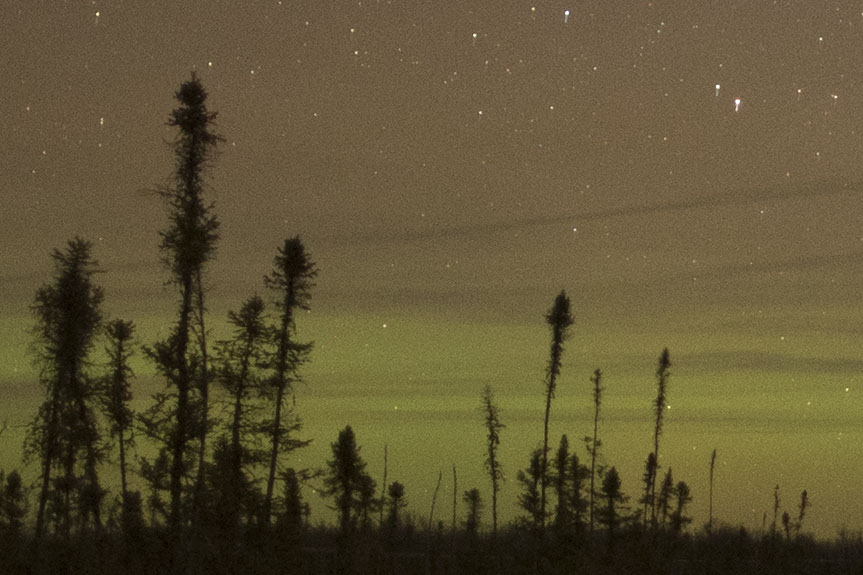
|
| Canon 5d Mk III at ISO 3200. |
Sony a7s at ISO 3200. |

| 
|
| Canon 5d Mk III at ISO 6400. |
Sony a7s at ISO 6400. |

| 
|
| Canon 5d Mk III at ISO 12,800. |
Sony a7s at ISO 12,800. |

| 
|
| Canon 5d Mk III at ISO 25,600. |
Sony a7s at ISO 25,600. |

| 
|
| Canon 5d Mk III at ISO 51,200. |
Sony a7s at ISO 51,200. |

| 
|
| Canon 5d Mk III at ISO 102,400. |
Sony a7s at ISO 102,400. |
Full/Matched Resolution Comparison (Cropped and Matched)
On of my main questions with a test like this is, "What if I just stayed with the Canon and resized the images to 12MP? Would the noise become equivalent?" On the final pairings below, I simply repeated the ones above, but with the Canon images, I resized to the equivalent resolution of a 12 MP image, so that both the Sony and Canon images are 862x575.
I added +0.5 EV of exposure to the Canon images to try to make them match as closely as possible, but it was difficult to do that by eye because the color saturation is a different. The Sony produces images with higher color saturation in this test.
Looking again at these images, I think I will definitely have to repeat the test with the lenses swapped or at least try refocusing a couple times.

| 
|
| Canon 5d Mk III at ISO 800. |
Sony a7s at ISO 800. |

| 
|
| Canon 5d Mk III at ISO 1600. |
Sony a7s at ISO 1600. |

| 
|
| Canon 5d Mk III at ISO 3200. |
Sony a7s at ISO 3200. |

| 
|
| Canon 5d Mk III at ISO 6400. |
Sony a7s at ISO 6400. |

| 
|
| Canon 5d Mk III at ISO 12,800. |
Sony a7s at ISO 12,800. |

| 
|
| Canon 5d Mk III at ISO 25,600. |
Sony a7s at ISO 25,600. |

| 
|
| Canon 5d Mk III at ISO 51,200. |
Sony a7s at ISO 51,200. |

| 
|
| Canon 5d Mk III at ISO 102,400. |
Sony a7s at ISO 102,400. |
Back to Auroras | Home